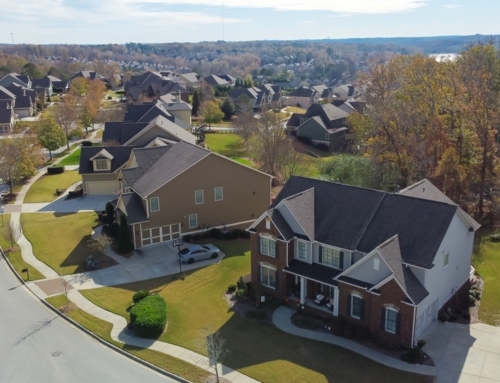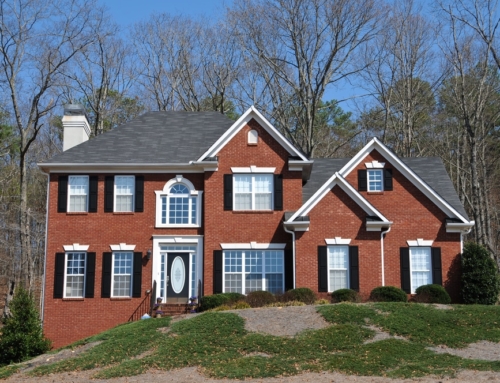I was hosting my WSB radio talk show this morning (tune into www.thinkglink.com/radiio to listen or go to iTunes to download it next week) and was taking calls from first-time buyers who wanted to know what kind of financing to get.
This isn’t unusual. During the course of a 2 or 3-hour radio show, I always get a few calls from folks who want to know more about mortgage financing.
But this particular caller wanted to know about 100 percent financing. And while I was answering his question, I realized that as of tomorrow, 100 percent options are going to be few, far between, and very expensive.
Countrywide Financial (www.countrywide.com) put out a notice at the end of last week that it was going to stop making 100 percent loans. It’s been at the forefront of these kinds of loans, but what isn’t as widely knows is that subprime lending accounts for a chunk of its portfolio — and those loans are going bad at a much higher rate than expected, just like in other lender’s portfolios.
(BTW: I’m not suggesting in any way that Countrywide will fall off a cliff like the two dozen other subprime lenders who are in real trouble. These loans are a relatively small part of its overall mortgage portfolio. But the company has decided to pull back from making these loans — at least for the moment.)
The point is, if you’re looking for a 100 percent loan, or an 80/20 piggy-back mortgage, very few lenders are going to offer them. And if they are offering them, they’re going to require a higher credit score and better credit history.
Most people who want 100 percent financing (or anything more than 95 percent financing) are first-time buyers without a lot of options to begin with. VA loans, which were the first true 100 percent loans, are expensive to do and even the VA doesn’t like to do them.
For agents, this means you’ve got to figure out where the cash is coming from for the down payment before you waste your time showing houses to folks who are expecting to buy them with 100 percent financing. And for you “flippers” out there, the Nothing Down phenomenon is soon to turn into Almost Nothing Down.
NOTE: This entry was also published at www.inman.com/blog.
Mar. 11, 2007






Leave A Comment